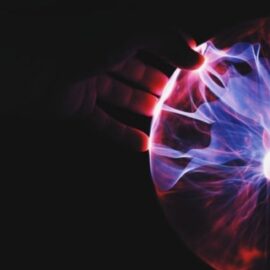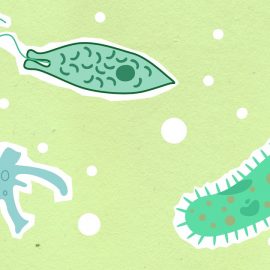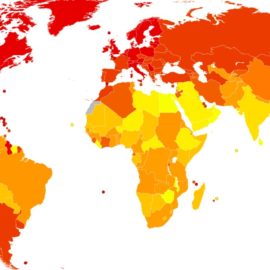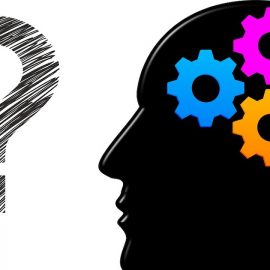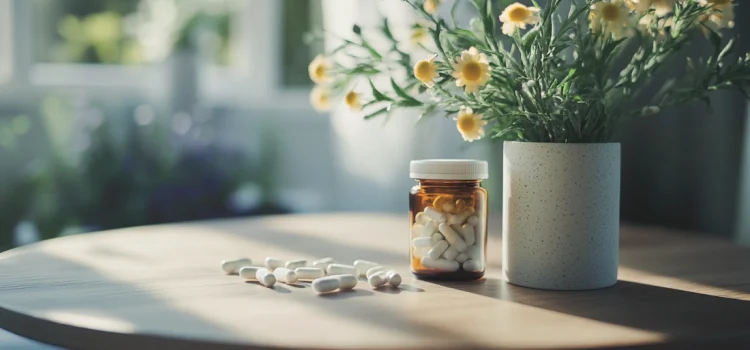
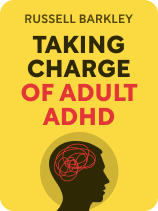
This article is an excerpt from the Shortform book guide to "Taking Charge of Adult ADHD" by Russell Barkley. Shortform has the world's best summaries and analyses of books you should be reading.
Like this article? Sign up for a free trial here.
What are the different types of ADHD medications? Are stimulants or non-stimulants better to treat ADHD?
Attention-Deficit/Hyperactivity Disorder is a condition arising from a biological deficiency of dopamine and norepinephrine. Thankfully, ADHD can be managed using medication.
Find out the different options you have for ADHD treatment.
Medications to Treat ADHD
Dr. Russell A. Barkley states unequivocally that medication is the most effective way to treat adult ADHD symptoms. Here, we’ll look at how different types of ADHD medications work and the pros and cons of taking stimulants versus non-stimulant medications.
(Shortform note: Barkley presents stimulants and non-stimulants as two separate options for treatment, but studies have shown benefits from combining both types of medication, especially for people with certain types of impulse-control symptoms, tic disorders, or difficulty sleeping. Doctors note that when switching patients from one form of medication to another, there is generally a period of overlap between them anyway, where the effects of both types of medication are seen to be acting at once. Keep in mind that you should always work closely with a physician when managing treatments.)
ADHD results from an imbalance of the neurochemicals dopamine and norepinephrine, both of which are pivotal in processing information and regulating emotions. ADHD medications work by correcting the neurochemical imbalance underlying the disorder. By doing so, these medications nullify or reduce ADHD symptoms, leading to improved focus, self-awareness, and self-control. However, Barkley says that to determine the correct medication for you, as well as what dosage you should take, requires working closely with your physician, being open with them about all of your symptoms, and being patient until you and your doctor agree upon the optimal treatment plan.
(Shortform note: As stated earlier in this guide, author Gabor Maté approaches ADHD treatment from a different perspective than Barkley. In Scattered Minds, he suggests that you can heal ADHD through neuroplasticity—your brain’s ability to rewire itself in response to its environment. According to Maté, ADHD’s neurochemical component has roots in early life experience—your nerves don’t process dopamine correctly because you were denied the life experiences that would have trained your brain for proper dopamine transmission. Instead of medication, which Maté says can’t address those root causes, he recommends learning the psychological skills you missed out on as a child, which will also have a positive impact on your physical brain.)
Stimulants
It may seem counterintuitive to treat ADHD with stimulant medications. Won’t they increase impulsive, reckless behavior? Not necessarily. Barkley explains that the medicines used to treat ADHD stimulate the parts of the brain that ADHD normally shuts down. Remember, what people perceive as hyperactive, impulsive behavior is actually the result of the parts of your brain that govern inhibition being set on constant “snooze.” Stimulants wake your inhibition centers so that they interrupt your reactivity and give you a fighting chance to pause, reflect, and think your actions through before you take them.
The most well-known stimulant ADHD medications are Ritalin, Dexedrine, and Adderall. The latter two are classified as amphetamines—they increase the amount of dopamine produced by nerve cells in the brain. Ritalin and its equivalent medications are forms of the drug methylphenidate, which decreases the amount of dopamine your nerve cells reabsorb. Both types of stimulants have the same net effect—they increase the amount of dopamine in the parts of your brain that need it the most. An added benefit of these medications is that they provide rapid relief from symptoms, often within hours—which is particularly helpful in situations that require immediate symptom management, such as during stressful times at work or school.
However, while stimulants offer significant advantages in treating ADHD, Barkley points out a few drawbacks. To begin with, stimulants only work as long as they’re in your bloodstream, so you have to take your medications regularly and consistently to effectively manage your symptoms. Also of concern are their potential side effects—some people taking these medications experience insomnia, headaches, nausea, and other symptoms. This is another reason why working with your doctor is important to determine the best course of treatment. Lastly, since stimulants can be abused, particularly by people without ADHD, the US regulates them as potentially addictive substances, making prescriptions sometimes hard to fill.
Non-Stimulants
In addition to the commonly used stimulant medications, Barkley writes that non-stimulants such as atomoxetine and guanfacine can also be effective at treating ADHD. Atomoxetine increases norepinephrine rather than dopamine, while guanfacine (a blood pressure medication) improves your nerves’ ability to send and receive information. Both of these drugs require more time to take effect than stimulants, so it may be several weeks before you see improvements. However, since these drugs lack the potential for abuse that stimulants carry, you may find it easier to get and fill prescriptions. Some people report that non-stimulants are less effective at treating ADHD’s symptoms, but Barkley says that results vary from person to person.
(Shortform note: As Barkley suggests by highlighting them first, stimulants remain the primary and most commonly prescribed treatment for ADHD, though the percentage of ADHD prescriptions for stimulants decreased slightly between 2012 to 2022. While there’s been an overall increase in stimulant prescriptions since 2020, non-stimulant medications are being used more and more as alternatives or in combination with stimulants, especially when stimulants alone aren’t enough. When patients switch medications, they’re more often switching from stimulants to non-stimulants than vice versa. )

———End of Preview———
Like what you just read? Read the rest of the world's best book summary and analysis of Russell Barkley's "Taking Charge of Adult ADHD" at Shortform.
Here's what you'll find in our full Taking Charge of Adult ADHD summary:
- The various treatment options for ADHD in adults
- How to accept ADHD as a part of your life
- What ADHD can look like in undiagnosed adults

